Is the silver figurine from Lejre representing Odin? Freya? Or perhaps a völva, a Viking sorceress? Many interpretations have been put forward
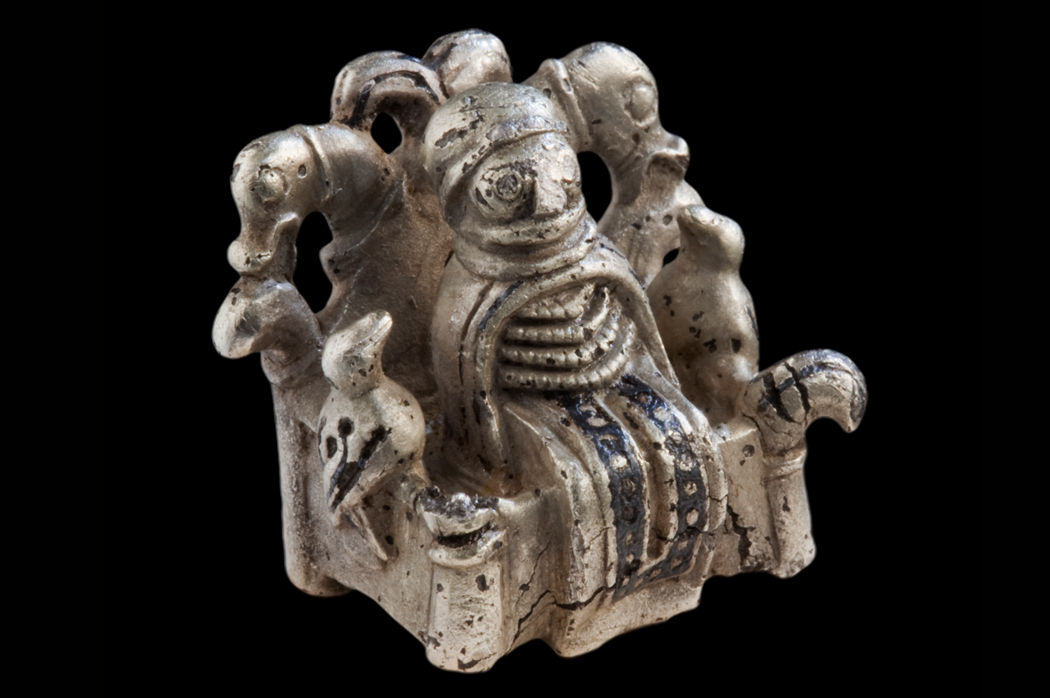

Is the silver figurine from Lejre representing Odin? Freya? Or perhaps a völva, a Viking sorceress? Many interpretations have been put forward

The 800th anniversary of the sealing of Magna Carta is planned on a grand scale...

For the first time ever the four extant Magna Cartas will be united...

IMC 2013: The introduction to data mining of medieval charters was an interesting topic...

Baeza and Úbeda are twin renaissance cities. Come July the famous patios open their doors…
Viking warfare and plunder is a keynote for the Viking 2013 exhibition in Copenhagen...

The Viking economy of gifted splendour is the third angle of the exhibition Viking 2013...

The world of Viking myths and religion is the fourth part of the exhibition Viking 2013...
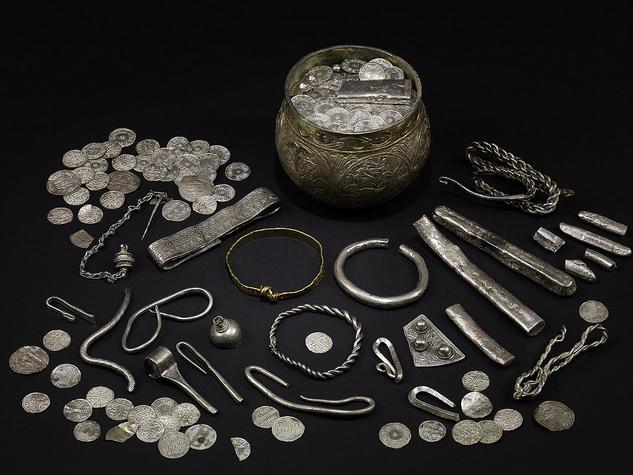
Material Viking Culture was inspired by plunder and trading ventures...
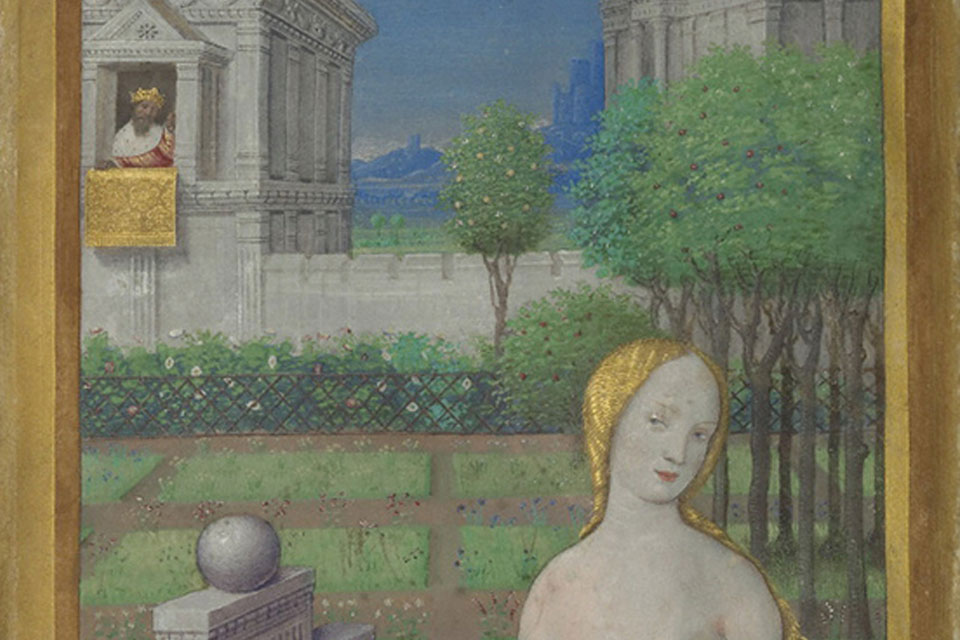
Earthly Delights Abound in Getty Exhibition on Renaissance Gardens...
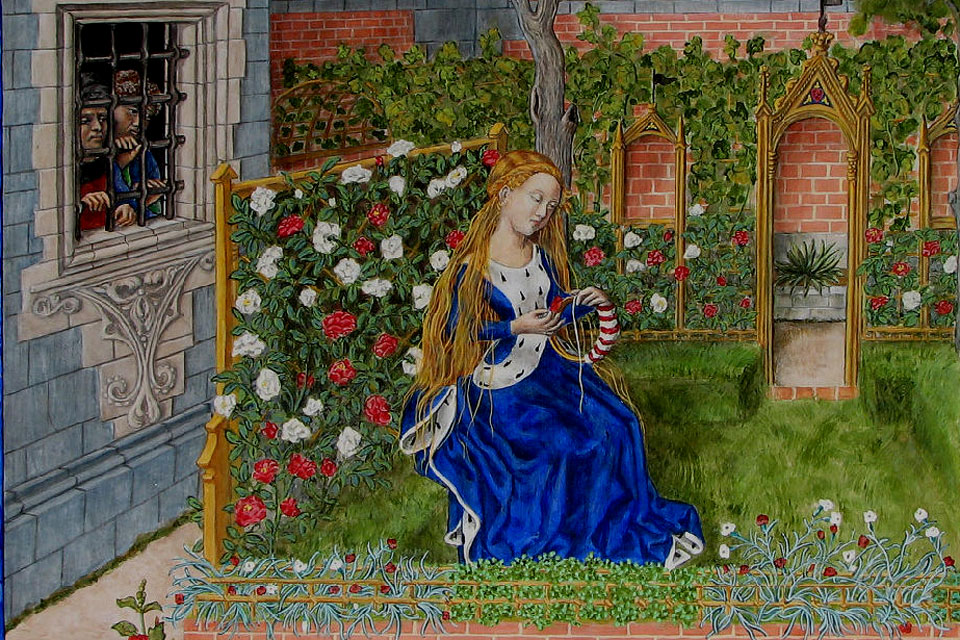
RECORDINGS: Medieval Music inspired by gardens embalm the soul at this season...
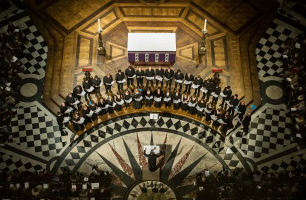
The Tallis Scholars celebrates 40 years as promoters of late medieval and early renaissance music...
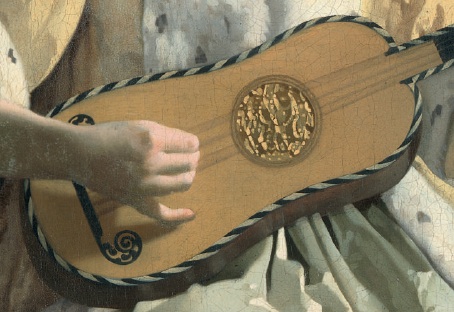
Three paintings by Vermeer of musical entertainers are brought together for the first time ever…
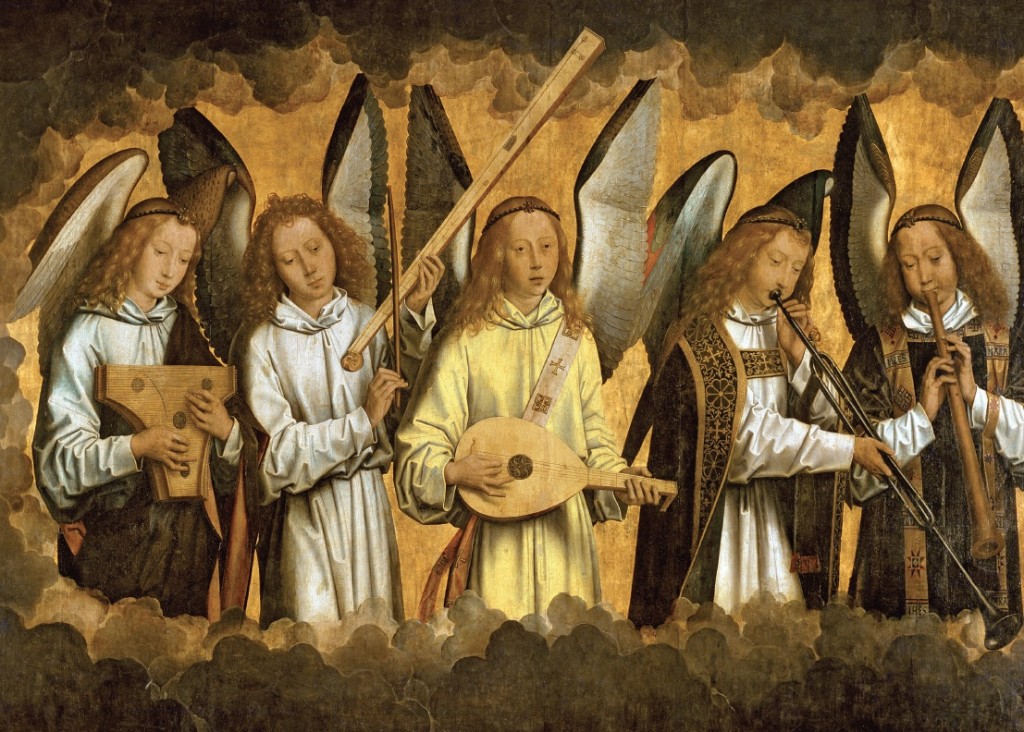
NEW RESEARCH: Early Music – the leading scholarly journal – celebrates its 40th birthday...

The Festival Voix in Alsace hosts a remarkable series of concerts theming the medieval garden...

NEW RESEARCH: Knowledge Formation and the Great Divergence between China and Europe: Manuscripts and Printed Books, ca. 581–1840
ABSTRACT:
Literature dealing with the history of Chinese printed books and printing is voluminous. Yet studies of how knowledge in general and utilitarian forms of knowledge in particular were generated, accumulated and circulated by printed books and their relationship with the long-term socio-economic transformation of China are rare. This paper aims to open up the subject by examining the long-term trends in the production of manuscripts and books and focusing on the connections between the generation and dissemination of useful knowledge in China and the production and circulation of printed books over the centuries and dynasties from circa 581 to 1840 compared to Europe. It connects trends in this indicator for knowledge formation and diffusion to economic growth, urbanization, changes in higher forms of education, the rise of literacy, the development of printing technologies, and changes in perceptions of the natural world. It concludes that human capital formation in China probably proceeded at a slower rate because of centralised censorship. This is relevant for narratives of the “divergence” between China and Europe. Also as it unfolds today.
ABOUT THE AUTHOR:
Ting Xu, School of Law , Queen’s University , Belfast , Northern Ireland
Ting Xu joined Queen’s Law School as a lecturer in December 2012. Before joining Queen’s, she had been a research fellow at the London School of Economics, working on an interdisciplinary and collaborative European Research Council funded project. She was also a postdoctoral research fellow at the Asia Research Centre, London School of Economics. Her main research interests are in the fields of law, governance and development, property law, socio-legal studies, Chinese law, comparative law, and global economic history. Her work has an interdisciplinary flavour. She is also a research affiliate of Queen’s University Centre for Economic History
SOURCE:
Knowledge Formation and the Great Divergence between China and Europe: Manuscripts and Printed Books, ca. 581–1840
By Ting Xu
In: Journal of Comparative Asian Development: Published online: 30 May 2013
DOI:10.1080/15339114.2013.792455